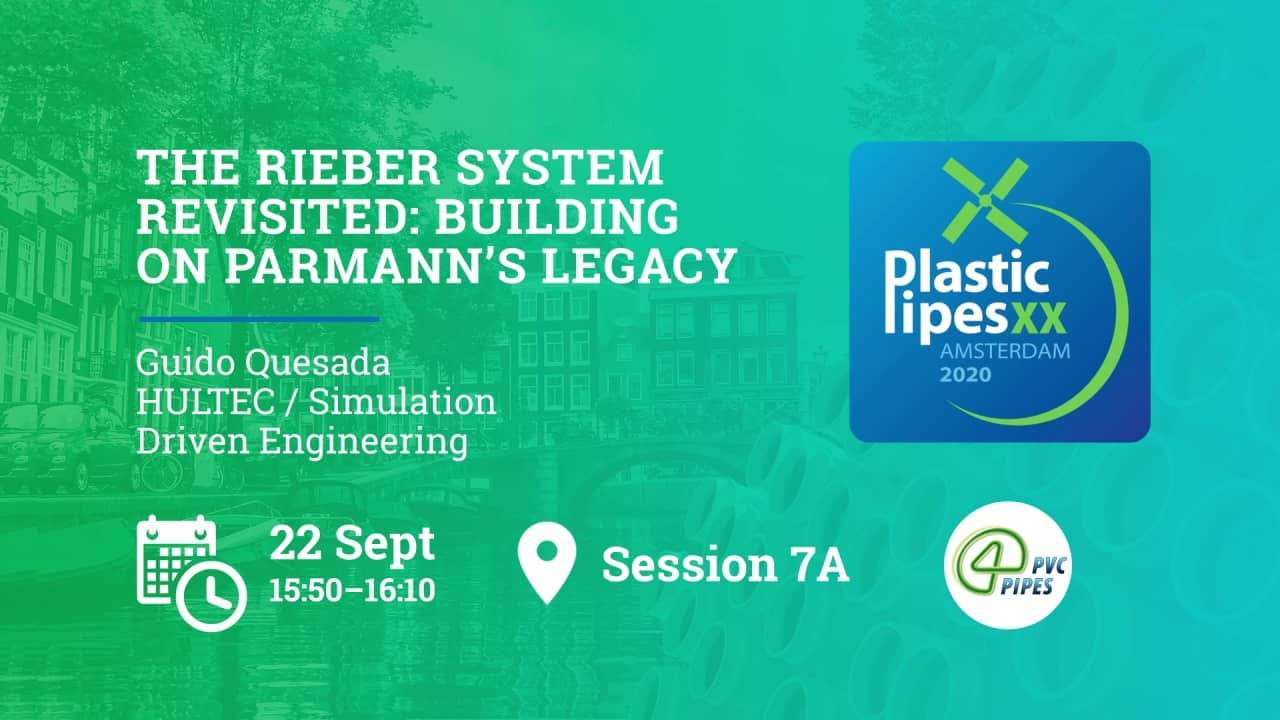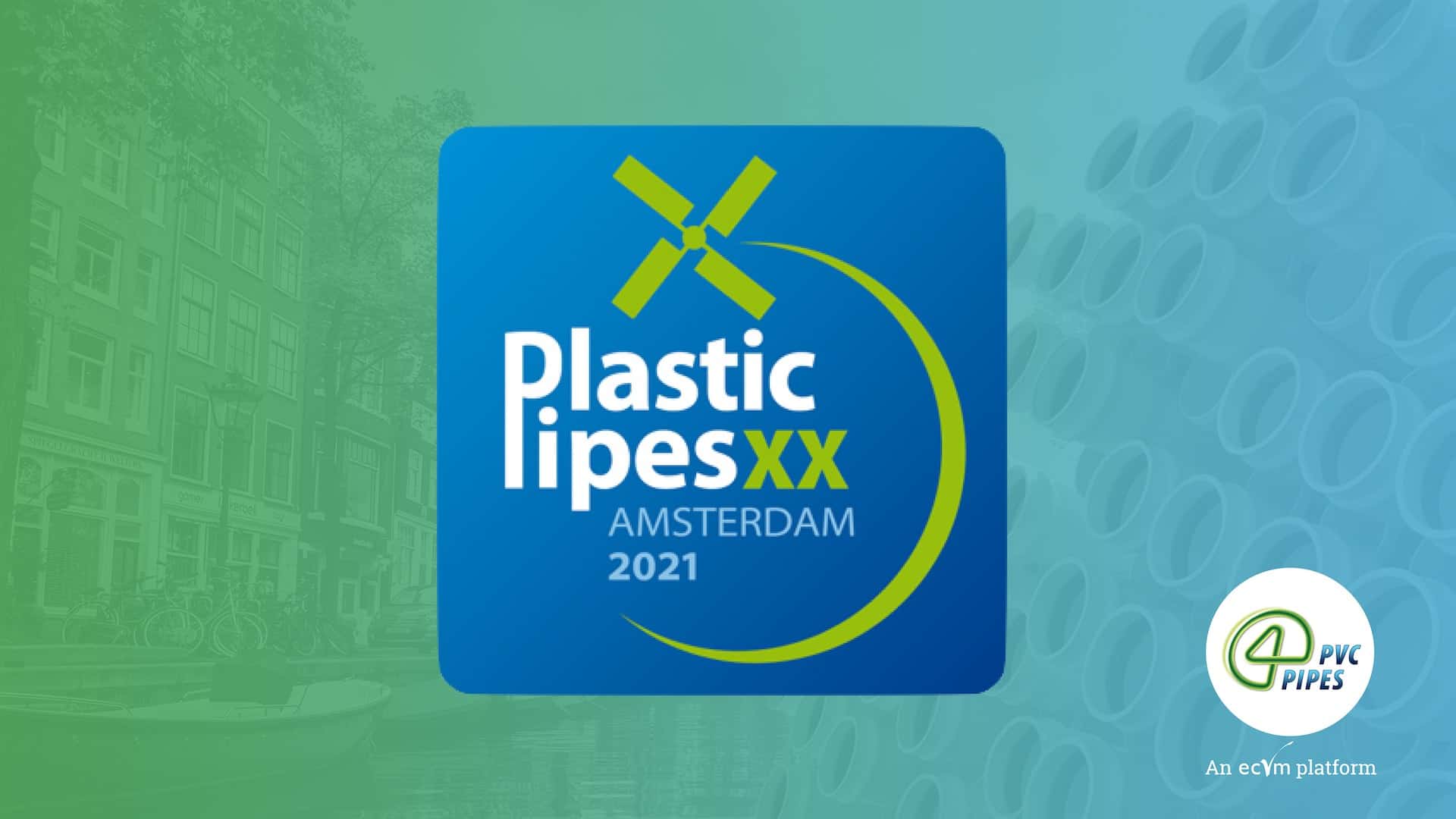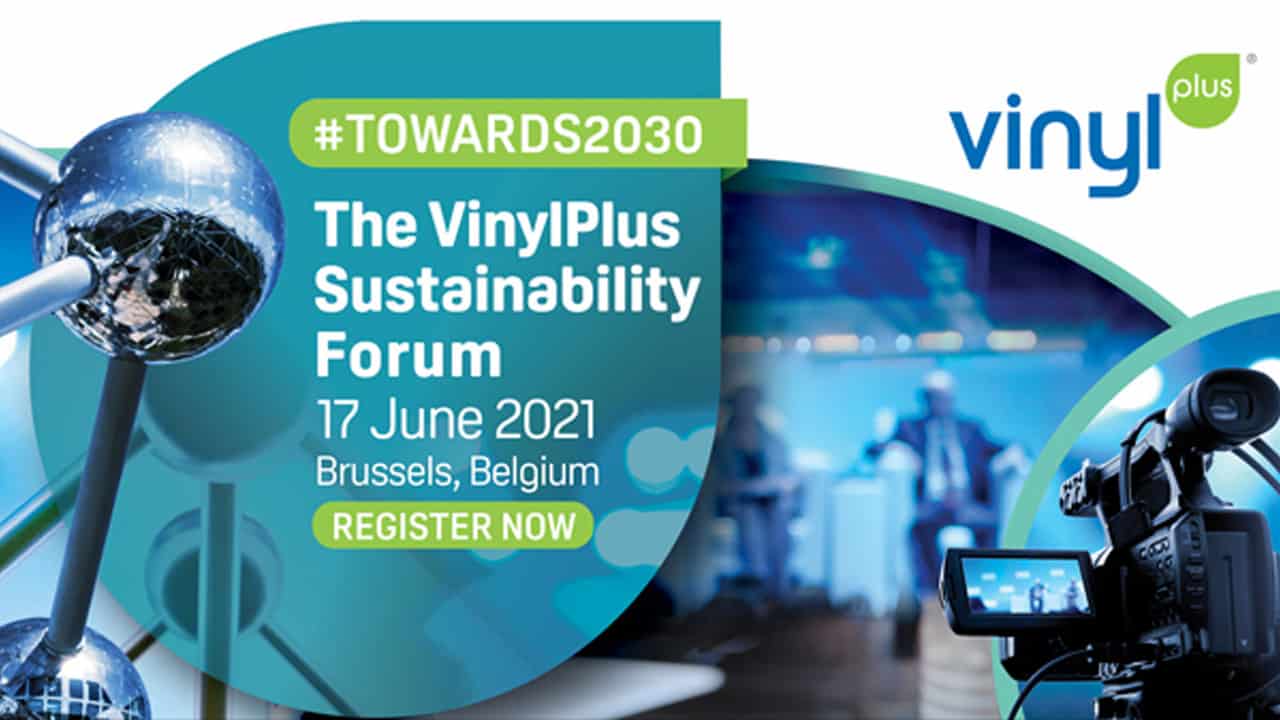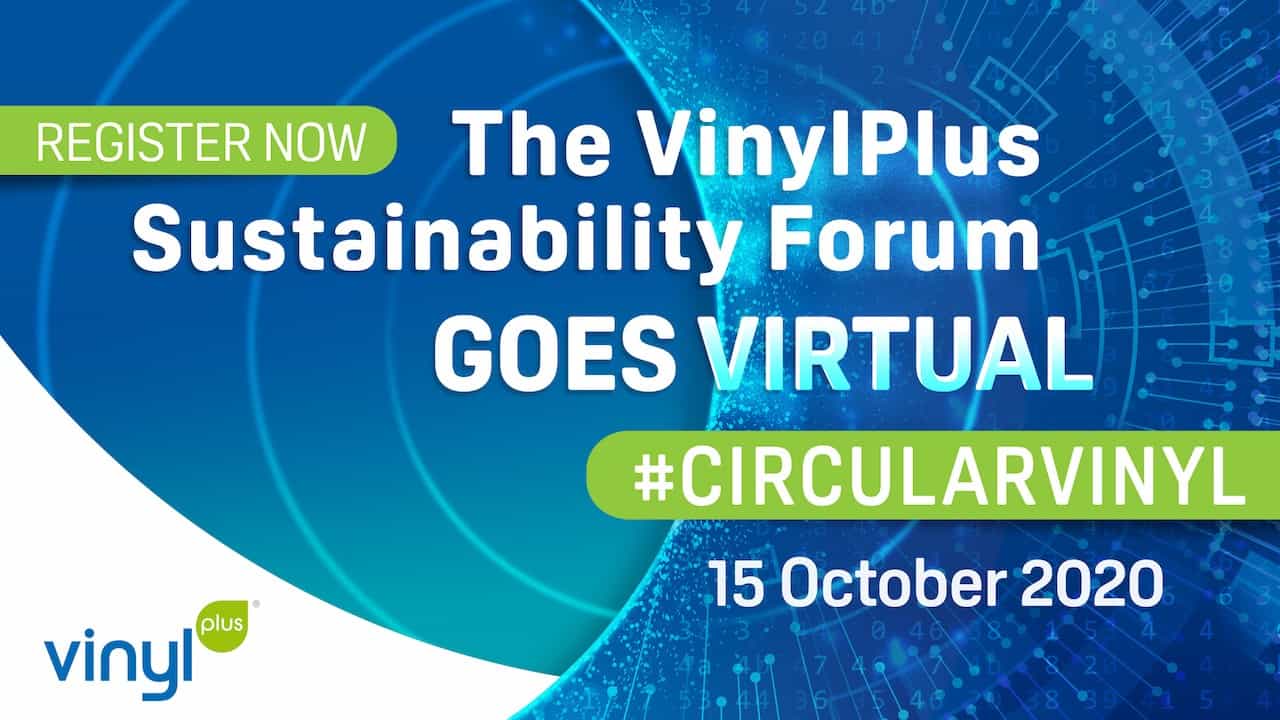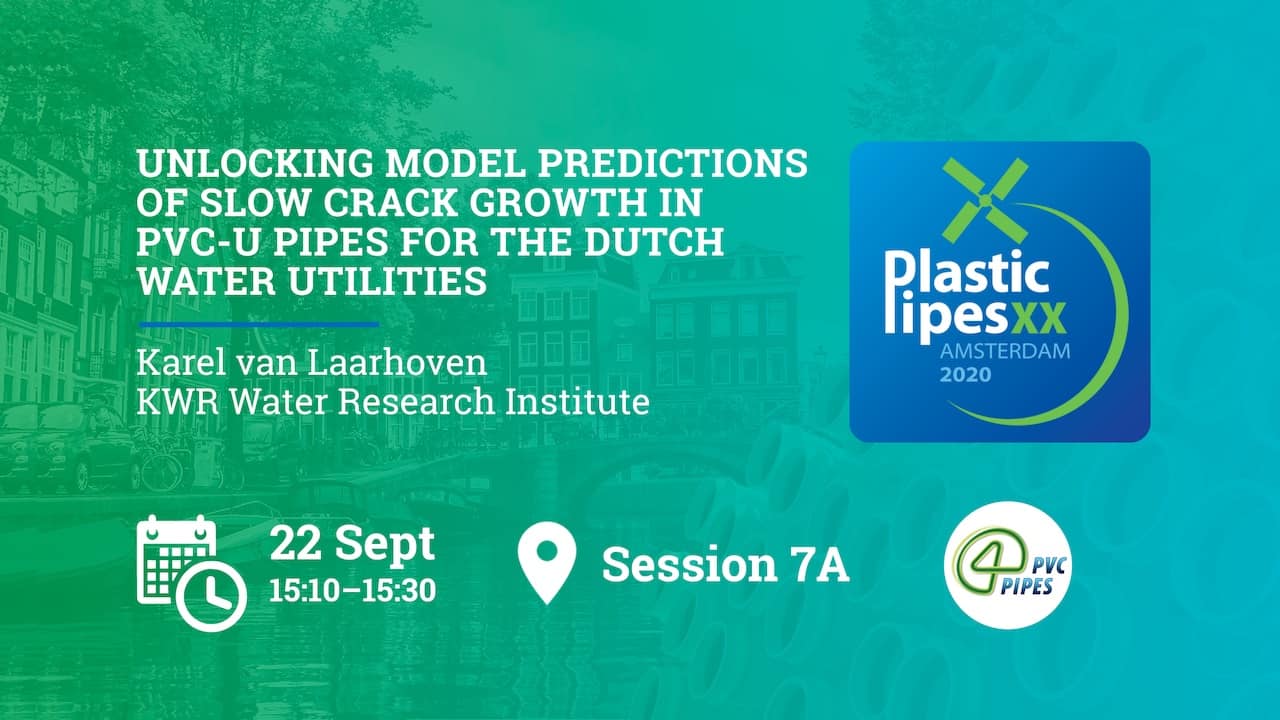
PPXX: Unlocking Model Predictions of Slow Crack Growth in PVC-U Pipes for the Dutch Water Utilities
30/06/2020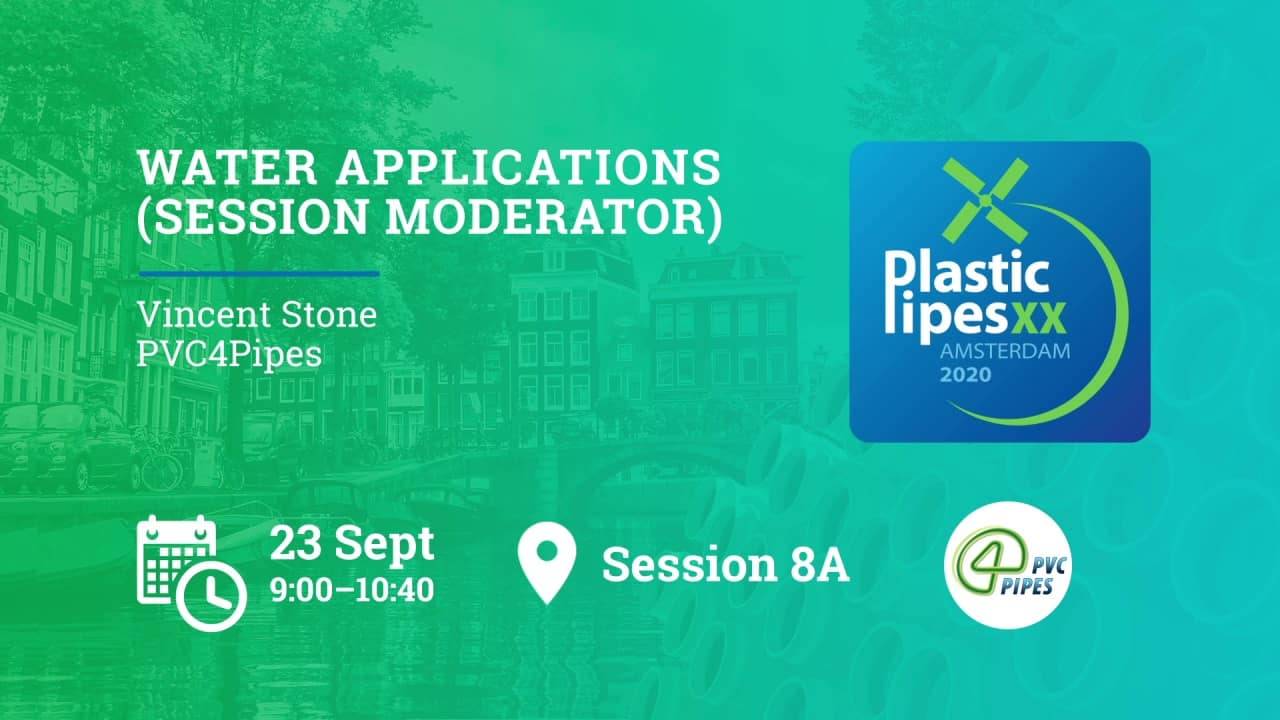
PPXX: Water Applications (Session Moderator)
02/07/2020The Rieber System Revisited: Building on Parmann’s Legacy
Abstract
Integral gasketed PVC belling was developed in the 1970’s. By including the gasket in the pipe belling process and introducing a relatively stiff metal reinforcement, a pipe joint was created with an integrated gasket providing multiple advantages which remain decisive nearly 50 years later. Among these advantages, the installation step was eliminated along with possible human error related to it; the seal OD and the raceway ID dimensions, and their tolerances were paired (a larger seal will produce a larger raceway and vice versa); contamination of the raceway surface with dirt, sawdust and other foreign materials was eliminated; and the seal became extremely difficult to dislocate during spigot assembly. Aside from that major accomplishment, a variety of gaskets have evolved from the original concept. These provide various levels of balance between ease of belling, assembly force and performance in pressure or non-pressure applications, depending on the shape of the region sealing on the spigot side ranging from a relatively bulky ring to a slender lip. In all cases, the new developments are robust and reliable solutions for the piping industry. For more than 20 years, nonlinear finite element analysis, design and experimental validation have been performed in multiple manufacturing, testing and operating scenarios, adjusting existing joint designs, creating new ones or finding new applications such as internal joint restraints.
This paper reviews key learnings from these experiences and presents practical insights as the technology evolves together with PVC pipe. For example, it reviews how the stress distribution on the joint deviates from thin-walled cylinder theory usually applied to straight sections of the pipe, how sensitive this is to wall thickness and how it can be addressed with simple design rules. The latest analysis and design procedures involve top of the line computer aided engineering software and material models such as hyperelastic, bilinear elastic-plastic, viscoelastic, combined into nonlinear simulations including high deformation, large displacements and sliding contact with friction, applied to the belling process, the assembly and the application of fluid pressure. In addition to new perspectives and design possibilities, this provides a refreshing look back into history and the ability to come up with simple and effective solutions for such a challenging task as the integral design of pipe joints and their gaskets.

